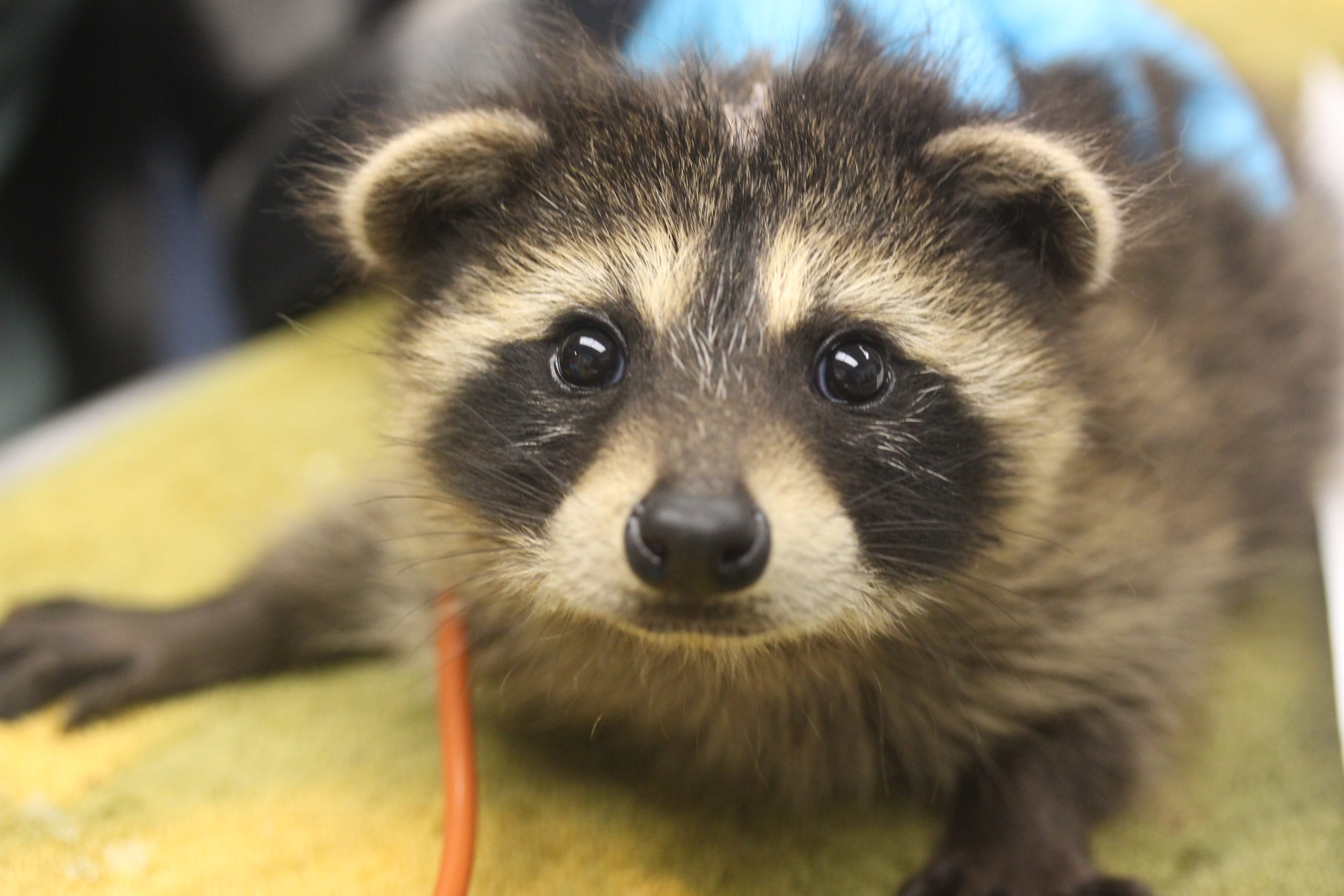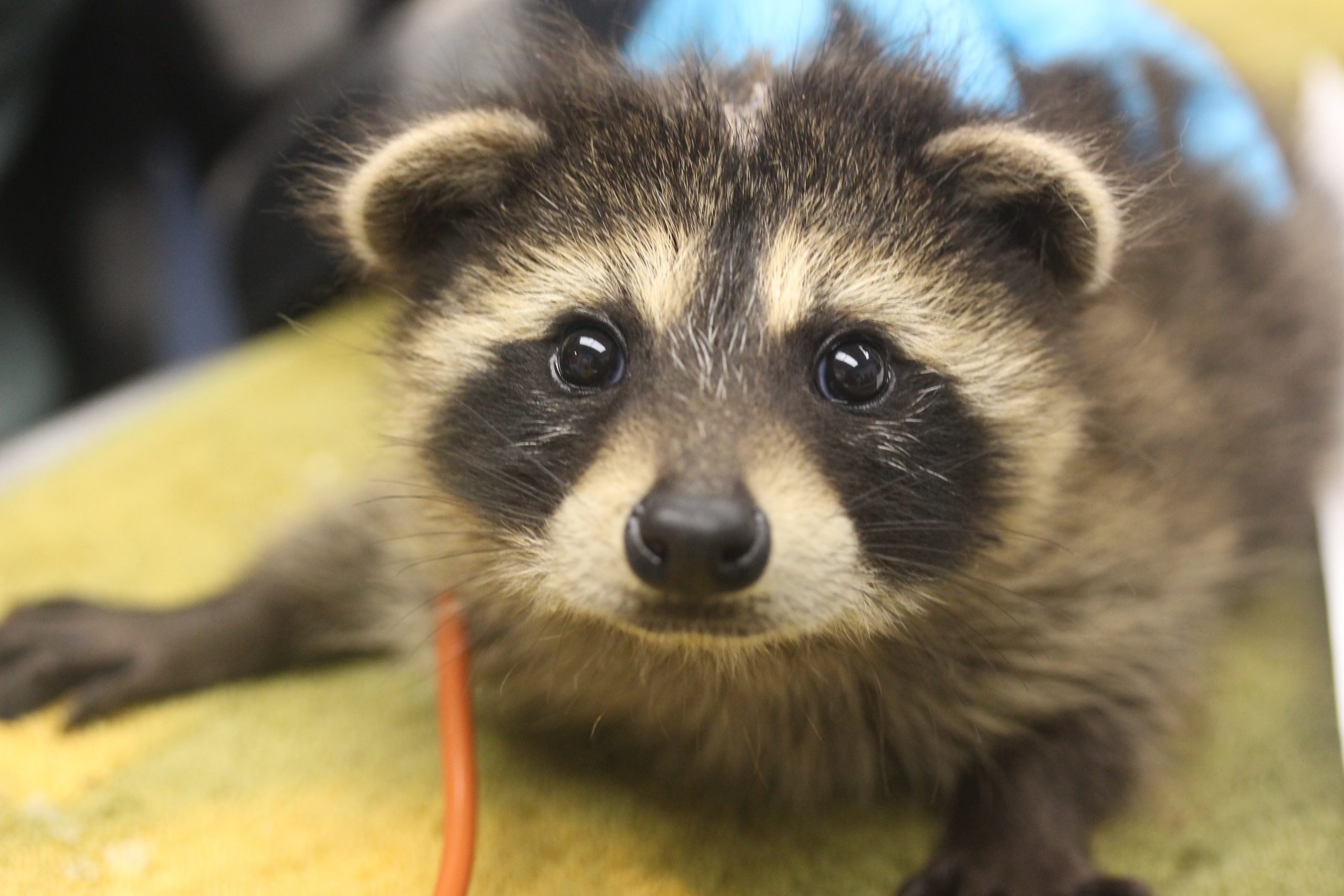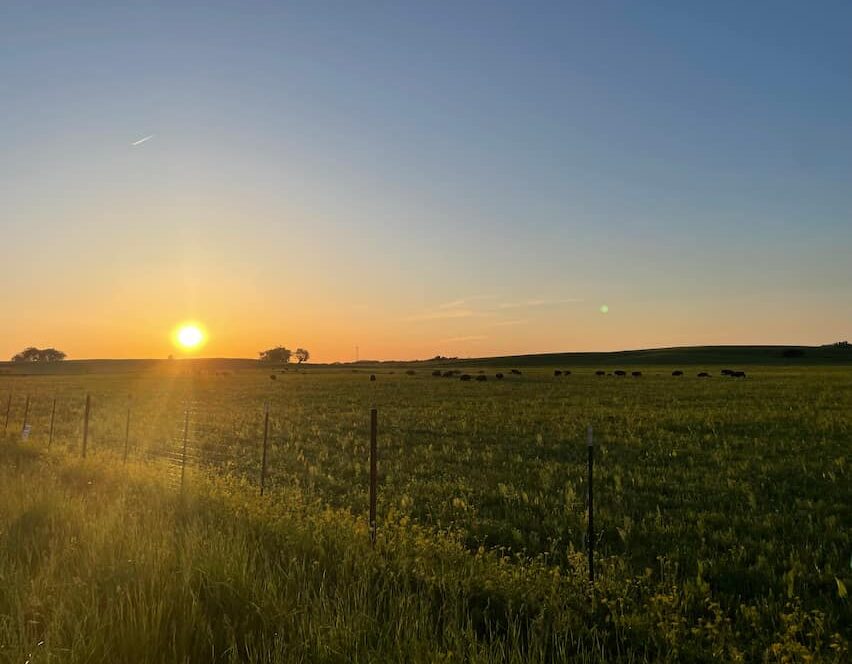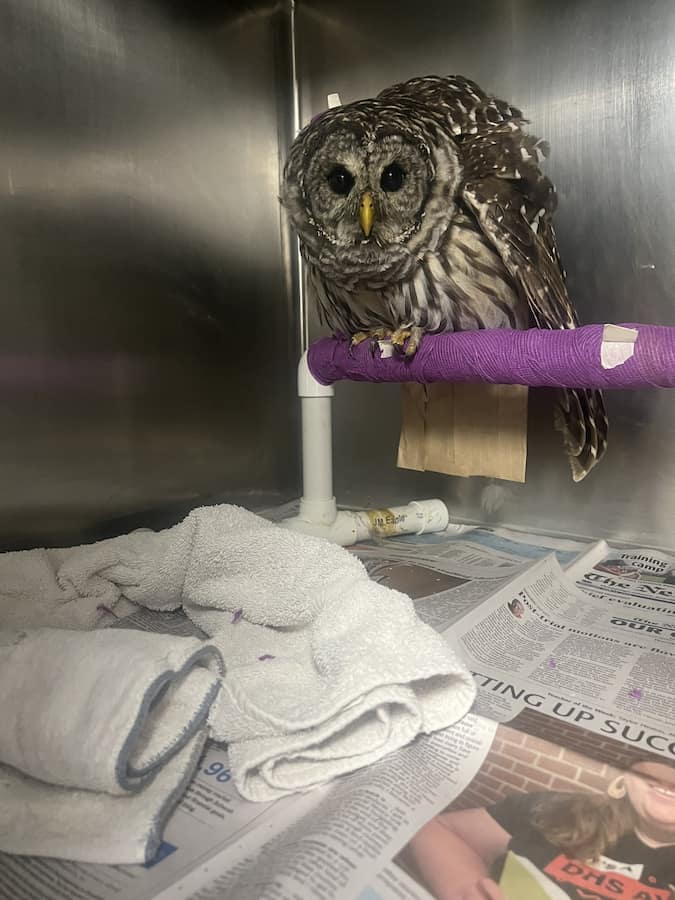How well do you know the WMC?
You’re a huge supporter of the Wildlife Medical Clinic, and now is the time to test your clinic knowledge.
Answer these questions and take note of your answers. Towards the bottom of the page you’ll find the answers and some explanations.
 1. Most of the volunteers at the clinic are:
1. Most of the volunteers at the clinic are:
a. Veterinary Technicians
b. Veterinary Students
c. Practicing veterinarians
2. Which of these animals are not one of our animal ambassadors?
a. Thistle, an American kestrel
b. Daphne, a fox squirrel
c. Hazel, an Eastern box turtle
d. River, a bald eagle
3. True or false: The WMC works with local wildlife rehabilitators to help prepare patients for release into the wild.
a. True
b. False
4. The WMC treats which of the following species?
a. Coyotes
b. Skunks
c. Silver-haired bats
5. What do we call the ball of bones and fur or feathers that owls regurgitate regularly?
a. Dust bunnies
b. Lint balls
c. Owl pellets
6. True or false: The Critter Cam is a live stream of the WMC office where you can see volunteers diligently typing records or researching diseases.
a. True
b. False
7. Which animals on this list have we treated in our clinic in the last 5 years?
a. Whooping crane
b. Cougar
c. American white pelican
d. Queen snake
8. How many patients did the WMC see last year?
a. Under 500
b. Between 500 and 1,000
c. Nearly 2,000
d. Over 10,000
Check your answers below and compare your results with friends and family! If you’d like to learn even more about the WMC, go to our website and explore all the different sections.
If you answered…
0-3 questions correct: You have room to improve, participating in this quiz is a great first step.
Check out our Hawk Talk articles to get an idea of what we do.
3-4 questions correct: We can tell you’re familiar with the clinic, maybe you’ve even brought in an injured animal. Since you’re interested in learning more, check out the species fun facts on our website.
5-6 questions correct: You’re a budding expert in all things WMC, good job!
If you got 7 or more correct: Wow, you must have our website bookmarked; we’re glad you support our efforts!
ANSWERS:
1. B.
a. Most of our volunteers are students at the University of Illinois College of Veterinary
Medicine. These students get great experience that they can apply in whatever field of
veterinary medicine they choose to go into. We also have undergraduate and graduate
student volunteers who assist with patient evaluation, treatment, and monitoring.
There are a select few knowledgeable veterinarians and veterinary technicians who
donate their time and mentor our student volunteers as well.
2. B
a. One of our goals when treating patients is getting them ready to be released into the
wild. Thistle, Hazel, and River are all animals that could not be released into the wild due to the extent of their injuries. If you’d like to hear more about these ambassadors and how they ended up coming to the WMC, click here
3. A.
a. The Wildlife Medical Clinic has the resources to treat injured or ill wildlife. Once they
have returned to full health many animals require a period of time to allow them to
transition back into the wild. For example, birds need time and a lot of space to rebuild
muscle in their wings. We work with licensed wildlife rehabilitators who have the ability
to take care of our patients and ease their transition back to the wild.
4. A.
a. We are able to treat most species native to Illinois and have even had several juvenile coyote pups brought into the clinic in the last few years! Per state of Illinois regulations, we cannot treat skunks or bats because they are at a higher risk of carrying rabies. Though it isn’t guaranteed that every injured skunk or bat could be infected with rabies, we want to ensure safety for our volunteers. You can learn more about some common Illinois species on our website.
5. C.
a. Because owls don’t have teeth, they must swallow their prey whole or tear off and
swallow large pieces instead of chewing. Their digestive tract is special, but even they
can’t digest large pieces of bone or feathers. These indigestible parts are squished
together and regurgitated as an oblong ball called an owl pellet. This means that you
can dissect the pellet and find out what the owl recently ate! We collect pellets left by
our patients and animal ambassadors so that anyone in the community can do their own dissection. If you’re interested in getting some owl pellets for you or a student
group, click here
6. B.
a. Though our students are often in the office typing and researching, the Critter Cam is
actually a small webcam we hide in the cage of some of our patients. Anyone can go to
the Critter Cam website and watch our patients resting, eating, and sometimes playing.
7. D.
a. Though they aren’t often associated with the Midwest, American white pelicans migrate through Illinois. In the last 5 years, we’ve had 3 pelicans brought to us. As with other migratory birds, we have a short amount of time to get them healthy and back onto their route. If they are released too late, they may not make it to their winter home
before temperatures drop dramatically and it is no longer safe for them.
8. C.
a. The WMC saw nearly 2,000 patients last year! Thankfully they come in throughout the year, with the spring and summer being the busiest time in the clinic. Since our
volunteers are students, when classes are not in session the number of volunteers we
have is greatly reduced. We rely heavily on our student managers to stay on top of
patient care and recruit help when they need it over the summer.




